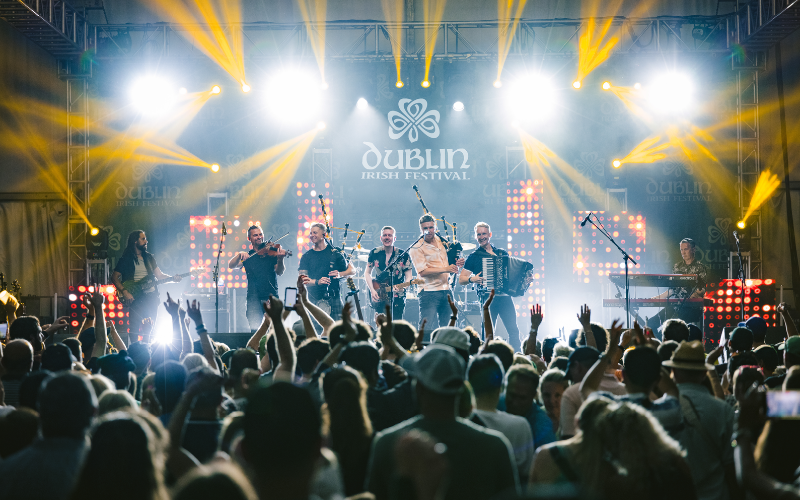"Walken, Kilmer in new Irish mobster movie": Click here
34 years ago this month, folks in the Midwestern U.S. turned on the TV and saw a strongly built man with flowing blonde hair standing before two trailers in a vacant lot.
One trailer was the man’s home. His apartment had just been blown to smithereens by gangsters.
The other trailer flew the Irish Tricolor flag and had a sign which read “Future Home of the Celtic Club.”
Asked by gathered reporters about what it felt like to survive a gangland bombing, the man, whose name was Danny Greene, said, “I’m an Irish Catholic. I believe that the guy upstairs pulls the strings, and you’re not going to go until he says so. It just wasn’t my time yet.”
Word is getting around Hollywood that a movie is to be made about Cleveland Irish gangster Danny Greene. Val Kilmer, Christopher Walken and Vincent D’Onofrio are among those who have signed on to star in the movie, which begins shooting in Detroit this week.
A couple of questions arise when you hear news like this. Cleveland actually had Irish gangsters? Is Greene really an Irish name? How is any director in the world going to handle three oddballs such as Kilmer, Walken and D’Onofrio?
But the bigger question, once you know a thing or two about Danny Greene, who spread chaos through the Midwest crime scene in the seventies, is this -- why did it take so long to make a movie about the man known simply as “The Irishman”?
Though Cleveland’s Irish population was never as strong as Boston and New York’s, it was sizeable. John Greene and Irene Fallon left Ireland and settled in Cleveland. They were married just a few days before Danny was born in November of 1933, just as the Great Depression was kicking into high gear.
As Irish gangland authors T.J. English and Rick Porello have noted in separate books, Irene, Danny’s mother, died just three days after Danny was born.
Danny’s father, plagued by drink and unemployment, placed Danny in the Palmdale Catholic Orphanage. Not surprisingly, Danny Greene’s youth was a troubled one.
He made it to the Marines in the early 1950s and was not the first Irish American to enter labor organizing and union politics. In 1961, Greene was elected president of a longshoreman’s local, and promptly transformed the union office into a monument to his and the members’ Irish heritage.
Soon enough, Greene seemed to be living a lifestyle well beyond the means of a union leader, and was forced to resign his post. But by the late sixties, he had made enough connections to occupy that shadow world between legitimate business and the criminal underworld.
He became an enforcer for legendary Cleveland numbers runner Shondor Birns. During one job, Greene went to throw a bomb through a car window. He fumbled the device at the last minute, though suffered only a minor ear injury.
“Luck of the Irish,” Greene later quipped.
The partnership with Birns elevated Greene’s underworld profile -- which mostly meant Italian American gangsters were gunning for him, in the ongoing ethnic battle for turf.
In 1971, a rival tried to shoot Greene as he was jogging. Greene returned fire, killing the would-be killer.
Another attempt on Greene’s life followed. Things were further complicated by the fact that Greene had a nasty falling out with Shondor Birns, meaning you were better off asking who did not want to kill Greene, rather than asking who might want him dead.
The feeling that the entire world was after him led Greene to envision himself as a Celtic warrior from ancient times. Hence, the opening of the Celtic Club, following the day, in May of 1975, when his apartment was blown up.
The subsequent mid-1970s gang wars in Cleveland resulted in something like 50 bombings. How did Greene survive?
Well, it did not hurt that Greene was working as an informant for the FBI, which was willing to tell him about plots against him, so long as Greene gave them information about his rivals.
In October of 1977, Greene was returning from an appointment with the dentist when his car exploded. He was killed instantly.
Not for nothing was there a famous saying in the Cleveland underworld: “Live by the bomb, die by the bomb.”




Comments